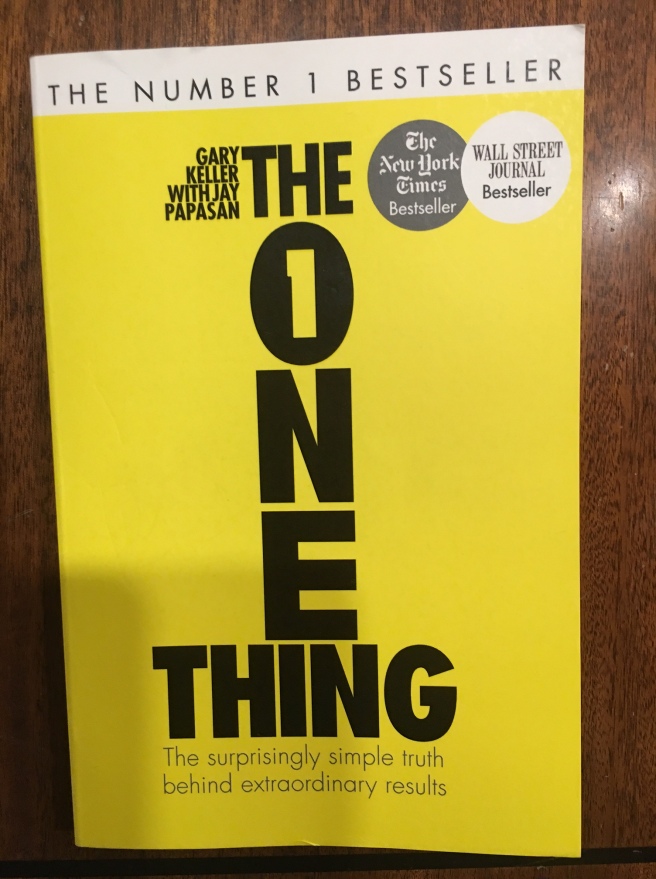DONE LIST: 2018
2. MANAGING WITH POWER: POLITICS AND INFLUENCE IN ORGANIZATIONS, JEFFREY PFEFFER, 2.01-2.21, 9/10.
1. 12 RULES FOR LIFE, JORDAN B. PETERSON, 1.23-29, 7/10.
3. THE REETORIC OF ECONOMICS, DEIRDRE N. MCCLOSKEY. 6.03-7.06. 8/10.
4. IF YOU’RE SO SMART: THE NARRATIVE OF ECONOMIC EXPERTISE, DONALD N. MCCLOSKEY, 7.07-7.16, 7/10.
—-
TODO LIST: 2017
Personnel Economics in Practice, Lazear
Economics for the Common Good
Economics of strategy, Besanko
The Economic Nature of the Firm, Kroszner, Ptterman
Choices, Values, and Frames, by Kahneman, Daniel and Tversky
The Theory of Industrial Organization, Tirole
Thinking, fast and slow
Misbehaving: the making of behaviorial economics
The Worldly Philosophers
The Mathematical Experience
Enlightenment Now, by Steven Pinker
Guns, Germs, and Steel
The Better Angels of Our Nature, Pinker
Language Instinct, Pinker
An Unified theory of psychology
The 48 Laws of Power, Robert Greene;
The structure of action (1967)


